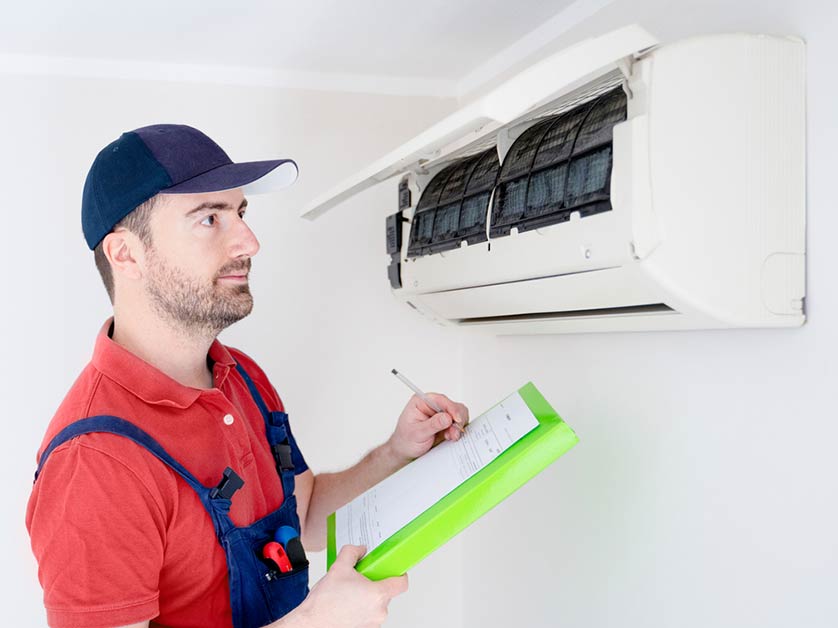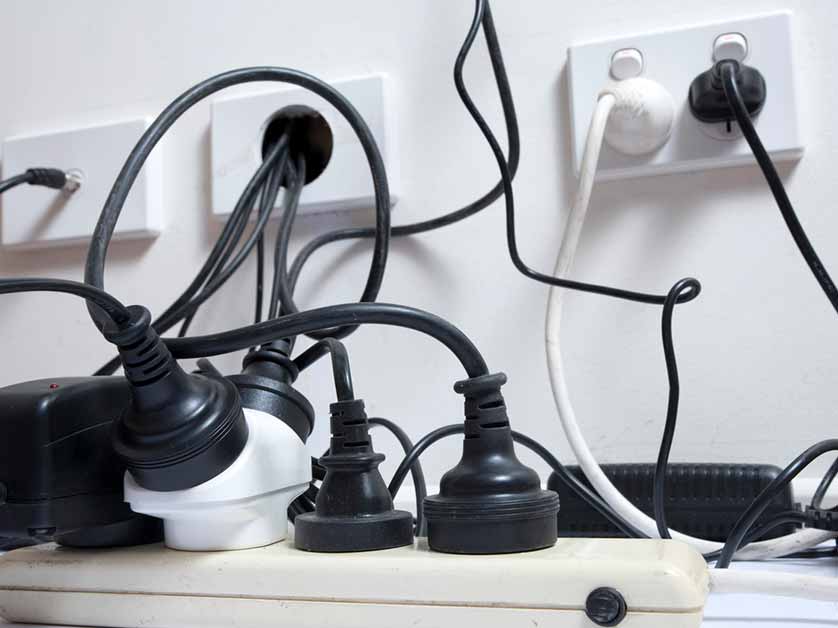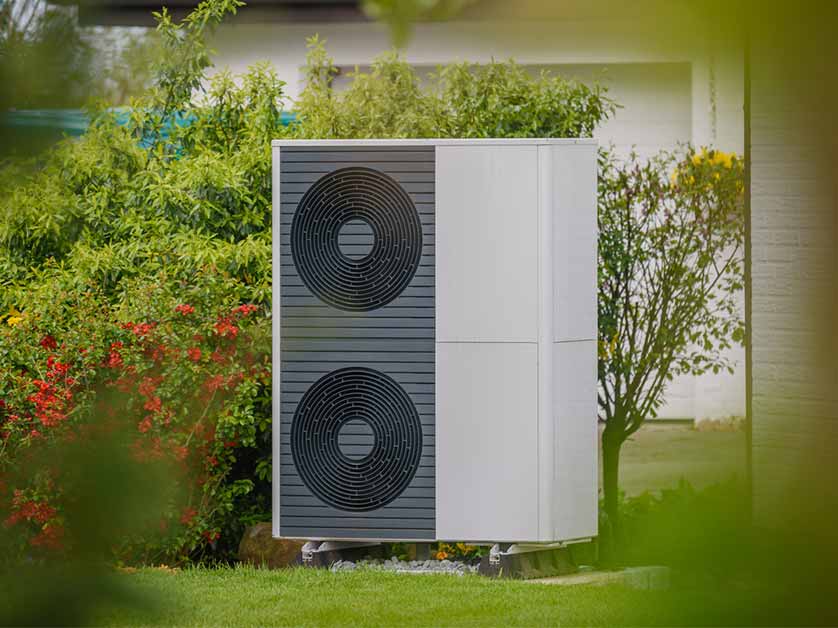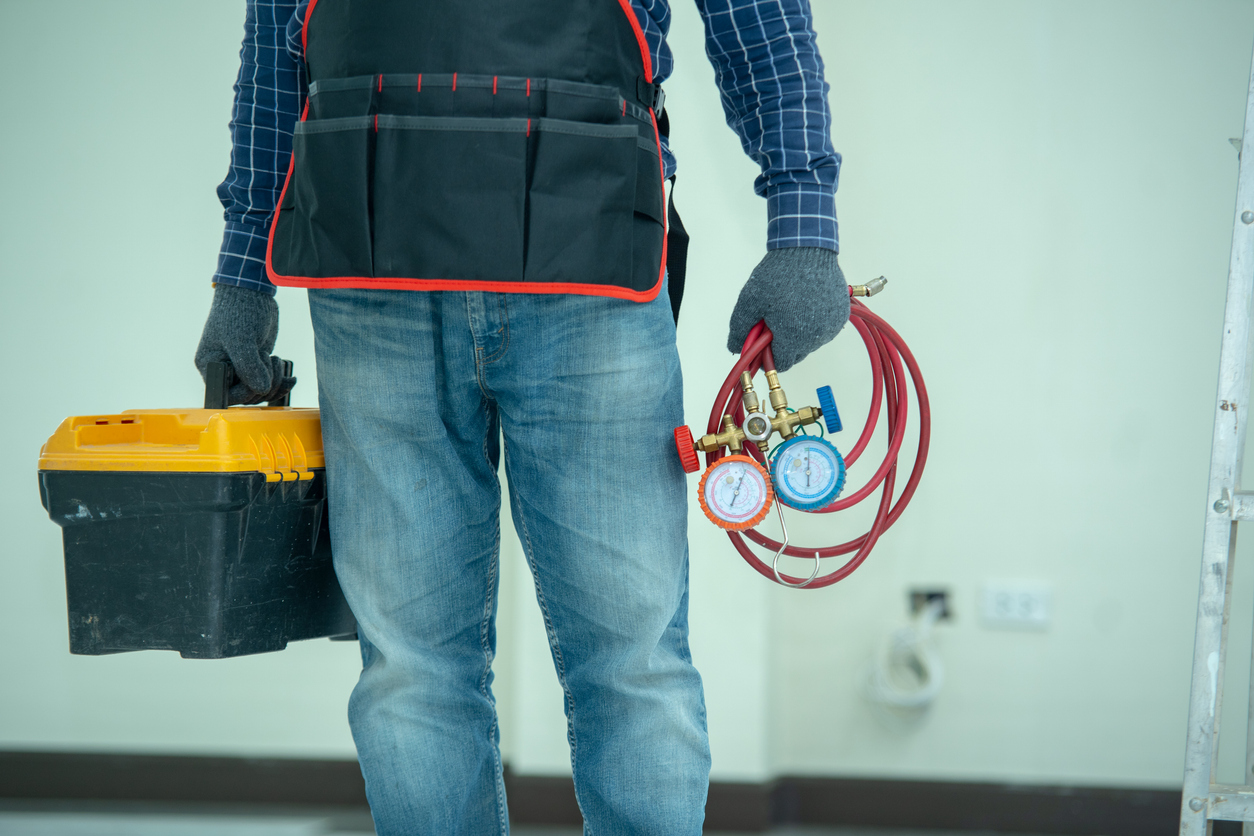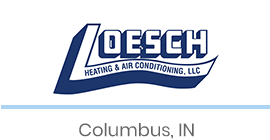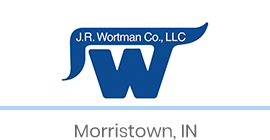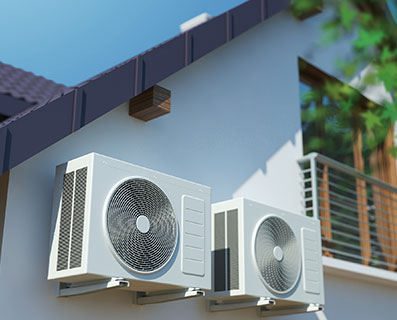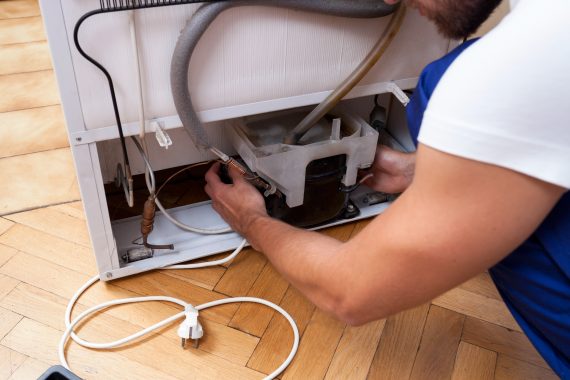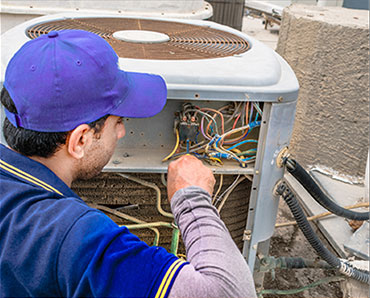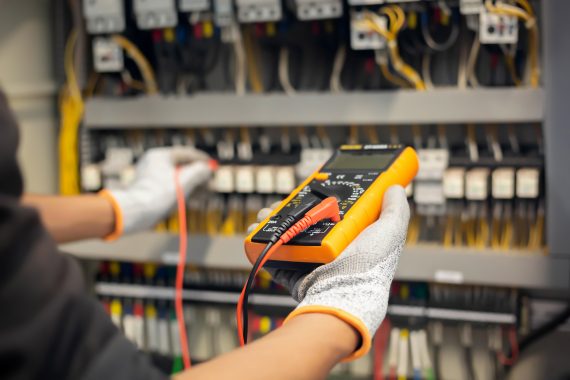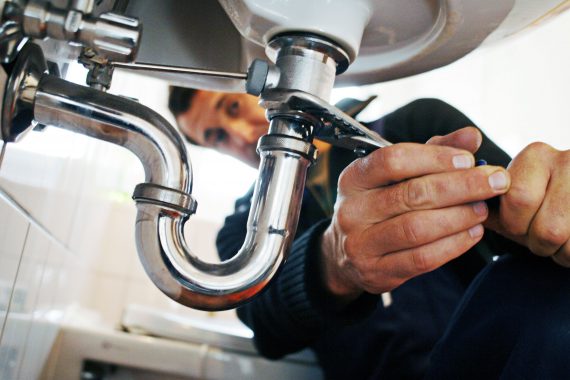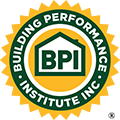Was your home built between 2001 and 2009? Do you have blackening copper wire, plumbing, or air conditioner coils? Do you notice a smell like rotten eggs or ammonia upon entering your home? If so you just might have a home with Chinese drywall.
What is the problem with Chinese drywall?
In many homes across the US homeowners have had severe issues related to problem drywall imported from China. Not all drywall from China is problematic, but the drywall that is can severely damage the home. How does it do this? The problematic drywall will release sulfuric gasses that corrode certain metals in the home, namely copper.
Everyone is familiar with how copper turns blue/green when it tarnishes. When hydrogen sulfide, one of the gasses given off by some Chinese drywall, the copper corrodes with a black color. The gasses given off are so corrosive to copper components that they can actually cause them to fail. Ground wires, appliances, plumbing, air conditioner coils – even smoke and carbon monoxide alarms – are all susceptible to failure and corrosion from these gasses.
In terms of your HVAC system the gasses can quickly corrode the coils causing them to fail in as short a time as a couple months, but usually less than a year. The HVAC industry is aware of the problem and will tell you if they suspect that you could have the issue.
Once a threshold inspection is done, a more thorough inspection will be done to determine if you home does indeed have the problem drywall or not. The use of corrosive coupons, checking the back of the drywall for manufacturing marks, testing the home for copper sulfide or sulfur, and testing the drywall core for high levels of strontium and sulfur.
If you suspect that your home was built between 2001 and 2009, you notice rotten egg smells in the home, or you notice black corrosion on copper components, you should call a qualified home inspector to determine if your home is contaminated with the drywall.
To stay up to date on all the latest HVAC industry news and information, be sure to follow the Efficient Systems blog!

